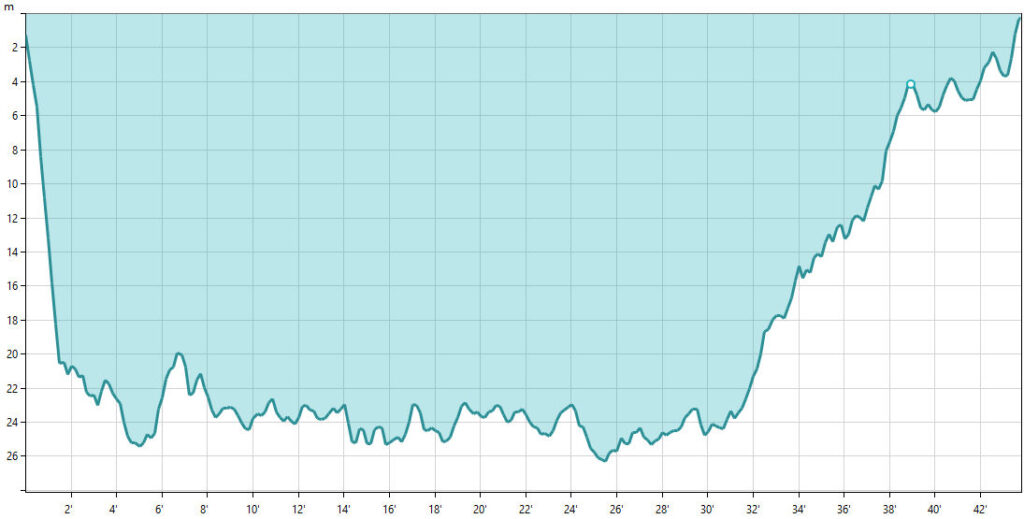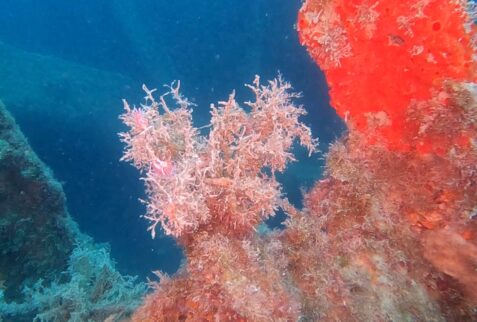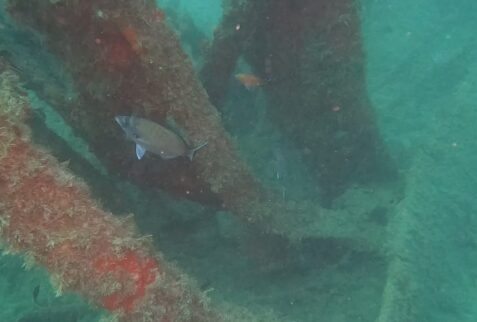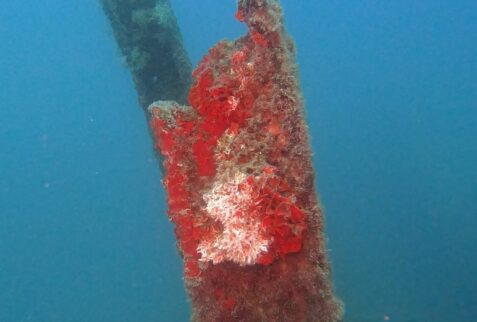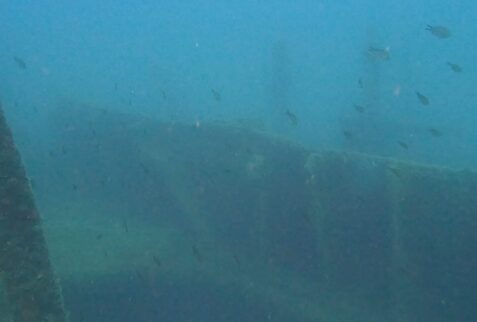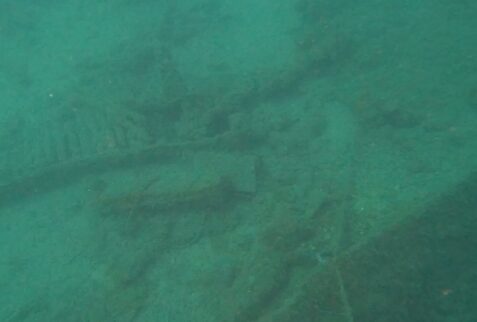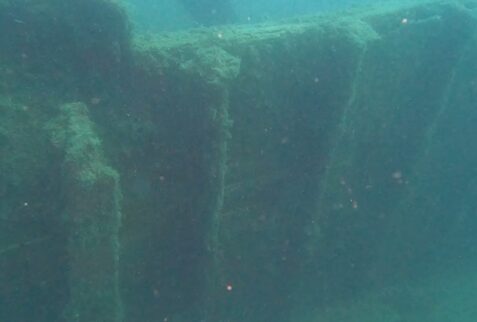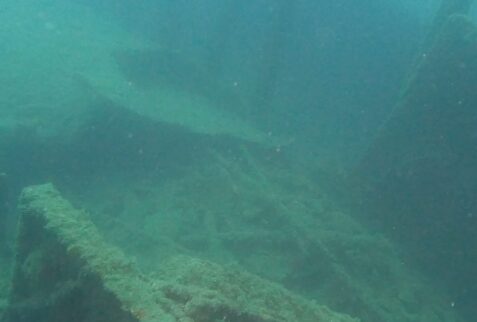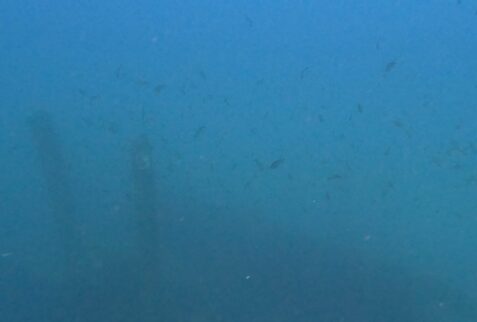Loano - Liguria
Wreck San Guglielmo
The San Guglielmo was a luxury ship launched in 1911 in Glasgow. With a tonnage of 8341 tons, she had a carrying capacity of over 2,300 people, including 50 first-class and 75 second-class. Her first maiden voyage took place on October 31, 1911 with the departure from the port of Naples towards New York.
During the First World War, the steamer was dedicated to the transport of troops. On January 8, 1918, the San Guglielmo sailed to Gibraltar together with a sister ship (the San Giovanni), both escorted by a destroyer. A German submarine hit the San Guglielmo with a torpedo while the steamship was not far from the coast of Loano.
The commander, given the proximity to the coast, attempted to head towards the coast, hoping to run the ship aground before she sank completely, without succeeding. The damages caused by the torpedo were too serious and the San Guglielmo sank on a depth of about 28 meters at about 900 meters from the coast of Loano. Only one crew member died in the sinking: all the other people were easily rescued, given the proximity to the coast.
During the 1920s, the San Guglielmo wreck was worked by the divers of the Artiglio who recovered all the possible materials, leaving an empty skeleton on the seabed in which the plates and beams stand out.
The seabed on which the wreck of the San Guglielmo lies is muddy and this makes visibility not always excellent. As in any wreck, marine life is always prosperous and it is possible to see Groupers, Corvines, Morays, Octopuses, Conger eels, Nudibranchs and many more.
The relative shallow depth of the San Guglielmo allows for significant bottom times, especially in combination with hyper-oxygenated mixtures. There is usually no current. You must always be very careful for the presence of beams and parts of sharp sheets on which you can get caught or injured.
If you want more information please contact us using the info box!
Good to Know
Max depth
Preparation - Patent
Equipment needed
Visibility
Environment
To see the image description, hold on the mouse pointer on the relative image.

